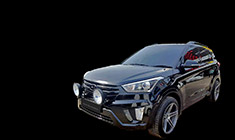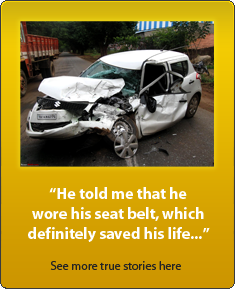News
New car purchase: Should we prioritize safety features or crash rating?
For city usage, I'd go for a 3-star car with more safety features over a 5-star car with just front airbags.
BHPian akannath recently shared this with other enthusiasts.
A question to all the experts here:
Should I choose a car with ESP/Hill Hold/Hill Descent, etc. and up to say 6 airbags, but inferior safety rating or one with a higher safety rating, but none of the above safety features and only 2 airbags?
I know the 2 aren't the same in the sense that the features are meant to avoid an accident/collision, whereas the latter comes into play only after a collision has occurred. Nevertheless, where would you put your money assuming an ideal scenario where a car with both safety features and a safety rating does not exist?
An add-on question: What would happen to cars that do not have 6 airbags come October when the new 6 airbag legislation comes into effect? Or is this not going to be mandatory and just a govt advisory?
Thanks.
Here's what GTO had to say on the matter:
For highway runs & road trips, I would absolutely want both. No compromise. If I have a limited budget, I'd go the pre-worshipped route and pick up a 5-star safety car with all safety features from the used market.
On the other hand, for city usage, I'd go for a 3-star car with more safety features over a 5-star car with just front airbags. For example, if I'm T-boned by an SUV, I want those side airbags. People don't realise that T-bone accidents are sometimes more dangerous than frontal crashes or being rear-ended.
Here's what BHPian krishnakumar had to say on the matter:
I'm by no means an expert, but, why do you want to make a decision out of hypothetical scenarios when we can clearly compare cars for their merits based on actual facts.
Safety is ONE of the many aspects and they'd rank differently for different people. For me, it ranked quite high and I ended up with an XUV300, sacrificing the boot space (because I could afford to sacrifice that). There could be many cars that would fit as an option for one's budget, so it's really about stack ranking what's important and then getting down to the real-world details.
But if you want me to brute force a logic to a hypothetical scenario like this, where there are two identical cars from the same segment, same price, same convenience and other features and the only difference is what you have put in the scenario, then I'd pick the one where a safety rating exists and has a crashworthy body shell. Why?ESP is probably the most important of all active safety systems. But even then, the ESP only kicks in when the car loses stability for some reason (Overspeed, road conditions etc.). I've driven countless cars without ESP and have managed to drive them safely because knowing the car's limits is important (with or without ESP). Agreed that there could be scenarios where you want to do an evasive manoeuvre to avoid a jaywalker or a dog darting across; in these cases, yes ESP will be life-saving but it is still possible to control the car just by knowing the limits and how to handle situations.
Features like Hill Hold, and Hill Descent, really in my opinion are just convenience more than safety. The Hill Hold holds the car for 3 seconds. It's a basic skill to learn as a driver, the first thing I learned was when my dad taught me how to drive a car. Similarly with Hill Descent as well, using engine braking, planning ahead, being aware etc. goes a long way in controlling the car on a downhill.
6 airbags are great to have but these are again passive safety systems.
If you see all of these features, these are built with driver error (coupled with road conditions, exceptional scenarios etc.) in mind. But most of them can be overcome by improving defensive driving techniques. These active safety systems are there to complement a skilful driver, not replace them.
It is great to have and by no means I'm downplaying them. In fact, having an ESP was an important factor for me. But it was only one of the many factors for choosing XUV300 (if you're interested you can read about it here.
But there is no replacement for crashworthiness and discipline for safety (wearing seat belts, following rules etc.). These along with a skilled driver on defensive driving will likely save the occupants even in a situation where it is someone else's error.
Here's what BHPian ron178 had to say on the matter:
The two are no longer mutually exclusive because a side head protection technology and ESC are now (since July) both part of the GNCAP's rating criteria.
The GNCAP's old ratings are based on a single frontal offset crash test. The GNCAP's criteria for speed, injury risk and modifiers (criteria for the robustness of the result) are tougher but now we do have minimum legislation in place for offset frontal impact and it's worth noting that three stars are comfortably above legal requirements worldwide, not to mention in the Carens parts of the body critical to life were protected quite well (not the case with all three-star cars).
An unstable passenger compartment in the test does not mean that the car has performed badly structurally. The GNCAP does penalise structural performance by measuring intrusion of the steering wheel and hinge pillar to determine how well the passenger compartment has held its shape. Instability of the passenger compartment ('unstable bodyshell') is separate and concerns repeatability rather than intrusion itself, it doesn't mean intrusion measurements were high but that they could deviate if another Carens unit was on a test or test conditions were slightly different. Hence it is penalised: you don't have to account for it separately along with the star rating.
The big reason the Carens is a three-star car was not the unstable passenger compartment but the complete collapse of the footwell with the excessive rearward movement of the pedals. It's undesirable and can cause disabling injuries and even hamper extrication, but the feet are still not as critical as your head or thorax, which side airbags can help protect in other crashes. It's fascinating to see the details of the test but it's still important to keep in mind that it's impossible for one single test to accurately compare the safety of vehicles. The GNCAP's old tests were also a very basic research project on a tight budget to introduce safety ratings to emerging markets, based on a very old Latin NCAP protocol. It's one factor you could consider, but crashes like that makeup only a handful of real-world crashes, especially in India, and it would be a mistake to think one test can determine crashworthiness in other scenarios.
About the curtain airbags: we have legislation for a side impact representing a small car striking the driver's door, but absolutely no legislation for side pole impact, and it wasn't included in the GNCAP's old tests either, which explains why cars are still sold without side head airbags. They're still important and can greatly reduce the risk of serious head, chest or pelvic injury in side impacts with vehicles with tall front ends.
We also don't have legislation for ESC. This is an extremely important safety system I would not recommend buying a car without it given a choice.
I will say this about Kia: if their quality control is so bad that they a car that's internally 'at least four stars' turns to three in practice, I sincerely doubt the effectiveness of the other safety systems. I still don't see a long-term commitment to safety.
If it's possible get a car that has all three. The Innova hasn't been tested yet but I reckon it should do well in the test considering Toyota's usually highly standardised production processes, plus you can get older examples of top-spec cars with seven airbags (head curtains for all rows unlike the Carens), ESC, three-point belts for all seats and i-Size anchorages.
Here's what BHPian BHPjunkie had to say on the matter:
I voted for choosing a safer car, however, I completely agree with GTO here. I would never compromise on the safety for cars I am using on highways and on road trips. In-city would pick one with more features.
Eg. I recently was looking to purchase a ride for highway runs as my Ameo was getting short on space with kids. I set a budget of 15-18 lacs and was considering Nexon ahead of the Seltos, despite Seltos having more features. However, I ended up with a pre-owned Hexa for much less than my budget and I do not regret the decision to date.
Check out BHPian comments for more insights and information.



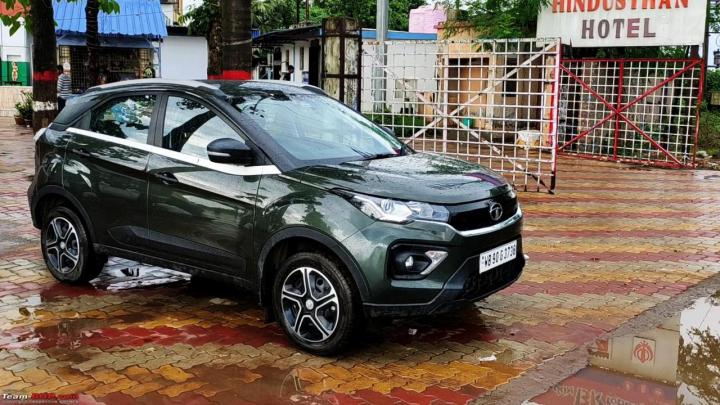
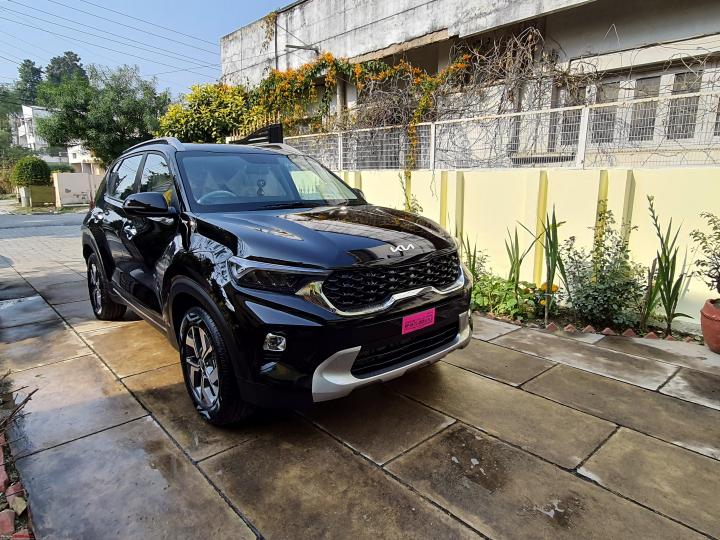
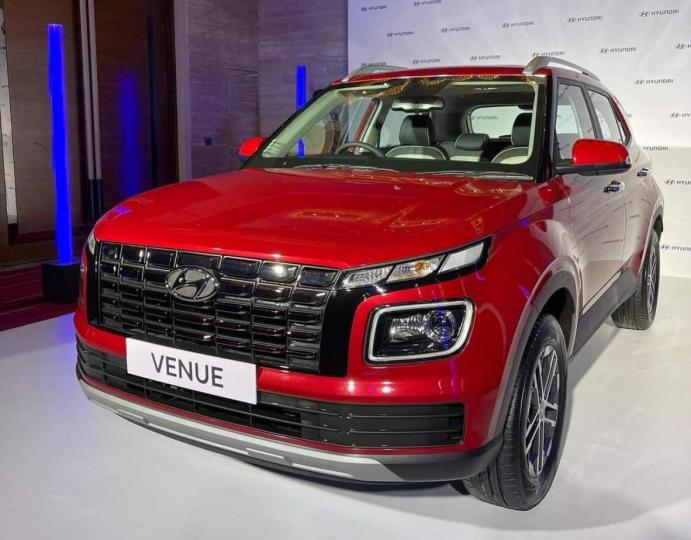














.jpg)
